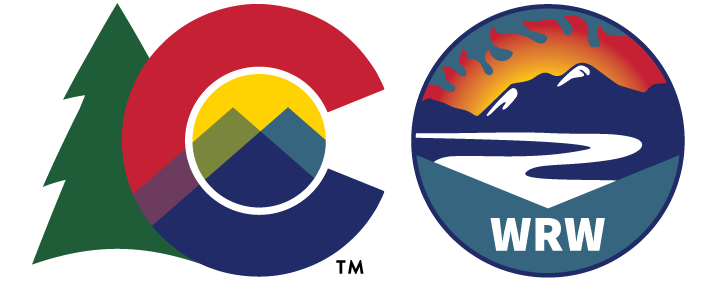Statewide Susceptibility Watershed Ranking
The WRW statewide risk assessment developed risk valuations produced by the intersection of values-at-risk (VARs) and post-fire hazards. Not all hazards affect each value at risk—find more information on which values are impacted by each hazard here.
For every hazard-value combination, one of two types of intersection analyses were completed: either 1) Aggregated Watershed Intersections or 2) Direct Impact Intersections.
For the Aggregated Watershed Intersections, both VARs and hazards were aggregated at the watershed level. The data for each VAR and hazard was classified on a scale of 0-10 with 0 indicating no presence and 10 indicating the highest presence (relative to other watersheds). These watershed level classifications were then multiplied resulting in a potential score from 0-100 with higher scores indicating a higher overall risk. Of the 20 risk intersections completed, 16 of them fall into this category of assessment.
Direct Impact Intersections represent areas where hazards were directly intersected with values at risk, e.g. the intersection of the floodplain boundary with structures or roads. Of the 20 risk intersections completed, only four fell into this category. Direct Intersections represent where hazards and VARs physically intersect with one another. Once Direct Intersections were completed and a total number of VARs at risk from the flood hazard were tabulated, the data was classified using a scale of 0-100 to create scores consistent with the Aggregated Watershed Intersection.
